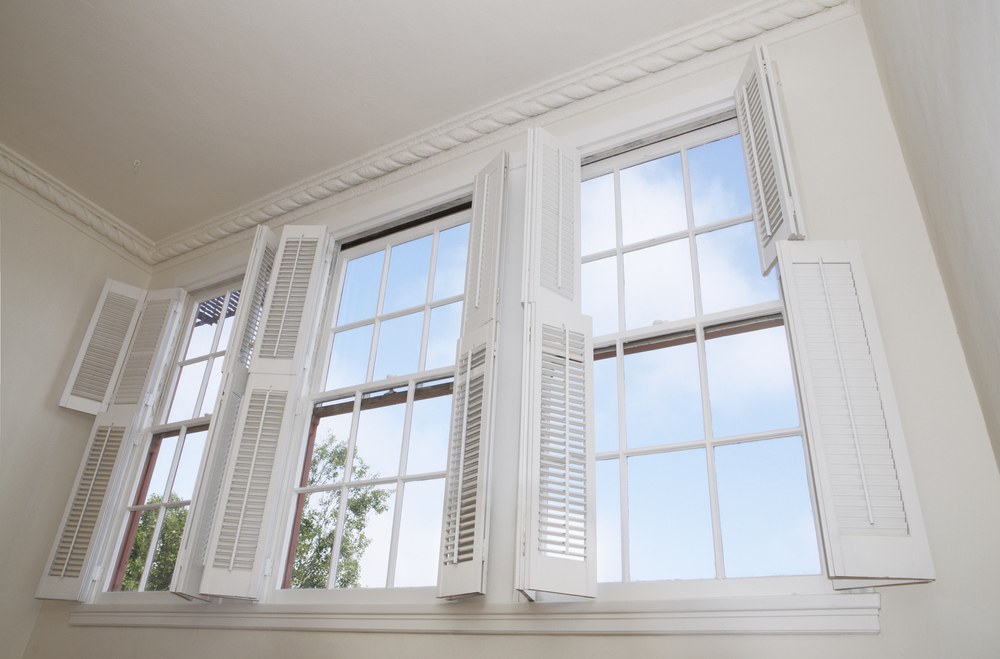 We hear a lot about how important it is to make your home more energy efficient. Not only does it help the environment, it can save you a considerable amount of money and make your home a much more comfortable place to be. There aren’t really any downsides to improving your home’s energy efficiency, so how can you get started? Here just a few of the best steps to take to make your home more energy efficient.
We hear a lot about how important it is to make your home more energy efficient. Not only does it help the environment, it can save you a considerable amount of money and make your home a much more comfortable place to be. There aren’t really any downsides to improving your home’s energy efficiency, so how can you get started? Here just a few of the best steps to take to make your home more energy efficient.
Add Insulation
If your home is a newer build, it’s probably already pretty well insulated. But if your home is a bit older, there may be some room for improvement when it comes to insulation. When your house was originally built, it was probably built with the amount of insulation that was required at the time. But insulation guidelines have improved over the years and as a result, many homes in the United States are now considered to be under insulated. Adding more insulation to your home, especially along the attic floor, is one of the most effective ways to improve your home’s energy efficiency and make it a much more comfortable place to live.
Replace and Maintain Your Doors and Windows
The doors and windows in your home are your connection to the outside world. If they’re not well maintained or have outlived their useful life, they won’t be able to protect your home as effectively as they ought to and you’ll have higher energy bills as a result. A couple of times a year, it’s a very good idea to inspect your doors and windows to look for things like worn-out weatherstripping and gaps that have formed in the caulking. Simply replacing worn weatherstripping or replacing worn-out caulk will do a lot to reduce your energy bills. If your doors or windows are simply old and worn out, you may want to consider replacing them with more energy-efficient options like steel-core doors or vinyl replacement windows.
Add Low-Flow Plumbing Fixtures
How old are the plumbing fixtures in your home? If it’s been awhile since you replaced your sink faucets and showerheads, replacing them with newer low-flow fixtures is an excellent way to cut down on your water bills. According to Energy Star, switching to low-flow plumbing fixtures can reduce your energy bills by as much as $145 per year.
Check Your Air Ducts
When you check your home for drafts, you probably start with the usual places like along windows, doors, and baseboards. But don’t forget to check your home’s air ducts. If your air ducts have gaps in them or aren’t insulated, a large percentage of your home’s heated or cooled air, some estimate as much as 30-40%, could be getting lost before it gets where it’s supposed to. Having a professional come to your home to insulate and/or seal your air ducts will cost a few hundred dollars, but it can easily pay for itself within a couple of years.
Replace Your Air Filters
Replacing the air filters in your home’s HVAC system is an extremely affordable and easy way to keep your energy bills down, improve the air quality in your home, and keep your HVAC system in good working order. When air filters aren’t replaced regularly, air has a harder time moving through the system so the HVAC system has to work harder to push the air through the dirty filter. Over time, this can put a strain on your HVAC system and result in higher energy bills and expensive repair costs.









